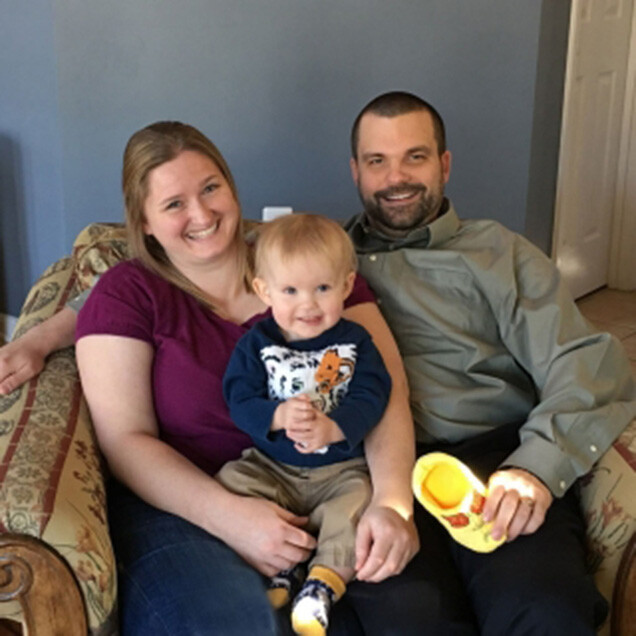News & Trending Topics
This news article highlights STS member Dr. Frank Hanley who invented and perfected an innovative surgical technique called unifocalization to treat the rare heart condition Tetralogy of Fallot (ToF). Dr. Hanley has a 98% success rate with the procedure, allowing him to do in one surgery what other surgeons might perform over months or years.
The Bracebridge Family is just one of several who have traveled thousands of miles so that Dr. Hanley could perform their child’s surgery at Lucile Packard Children’s Hospital Stanford. In fact, Dr. Hanley has built a “destination program,” routinely performing the most challenging types of pediatric heart surgeries on children from around the country and the world.
ToF occurs in about 1 of every 1,000 babies because of abnormal development of the fetal heart during the first eight weeks of pregnancy. In infants like Alex Bracebridge with the most complex form of ToF, the blood vessels that should connect the heart to the lungs instead connect the lungs to the aorta, the body’s main artery, and the heart has a hole in the wall separating its lower chambers, or ventricles. Complex ToF occurs in about one-fifth of cases, according to Dr. Hanley.
Alex’s surgery was 12 hours, with no breaks for Dr. Hanley and his team. Alex showed dramatic improvements in his pulmonary blood pressure and blood flow almost immediately; and just a few months later, he has already successfully met several post-surgical milestones.
“We are grateful that the surgeon who pioneered unifocalization was willing to do the surgery for Alex, and we’re even more grateful that the outcome was so good,” said father Russ Bracebridge.
Read the full story here: http://stan.md/1XMwWIC

